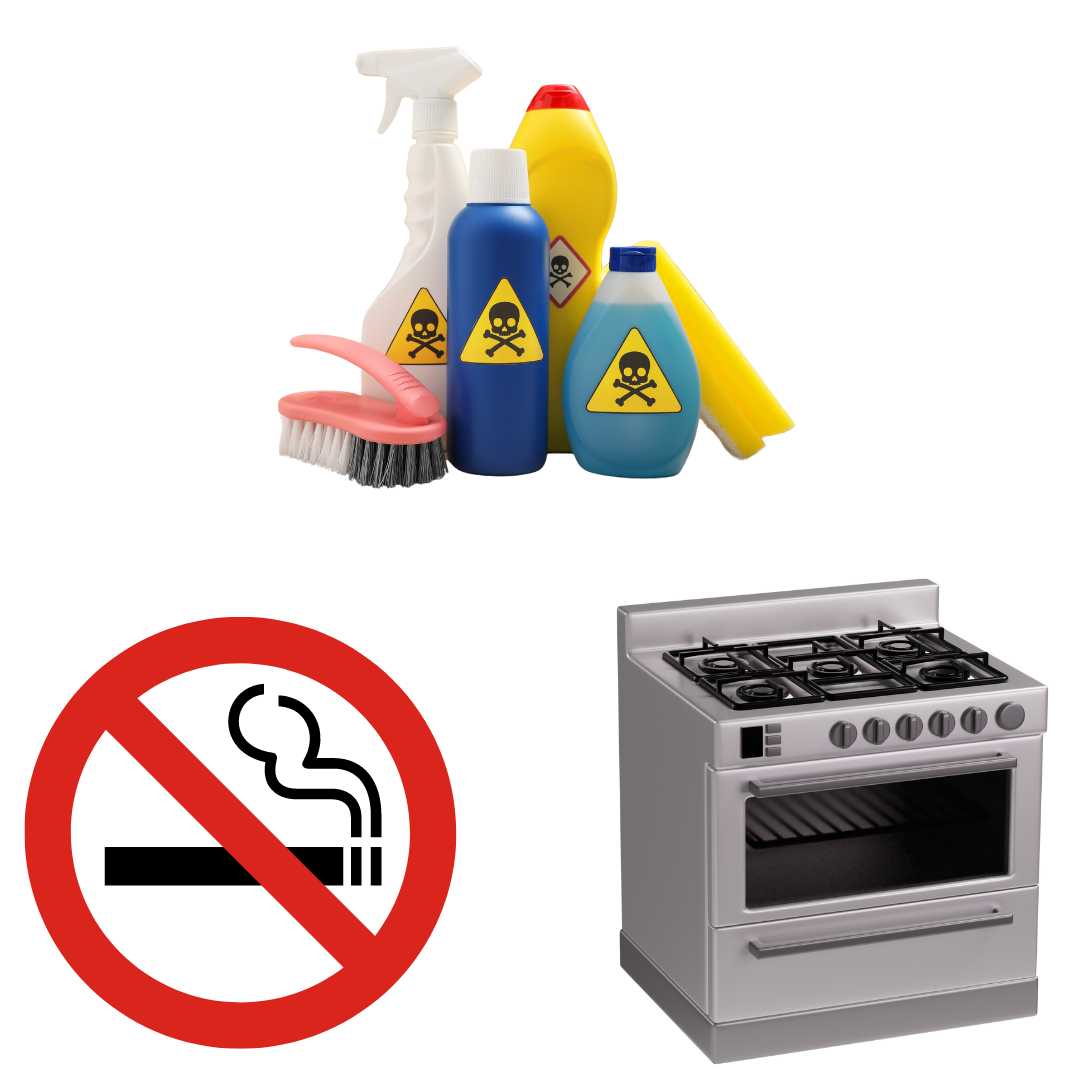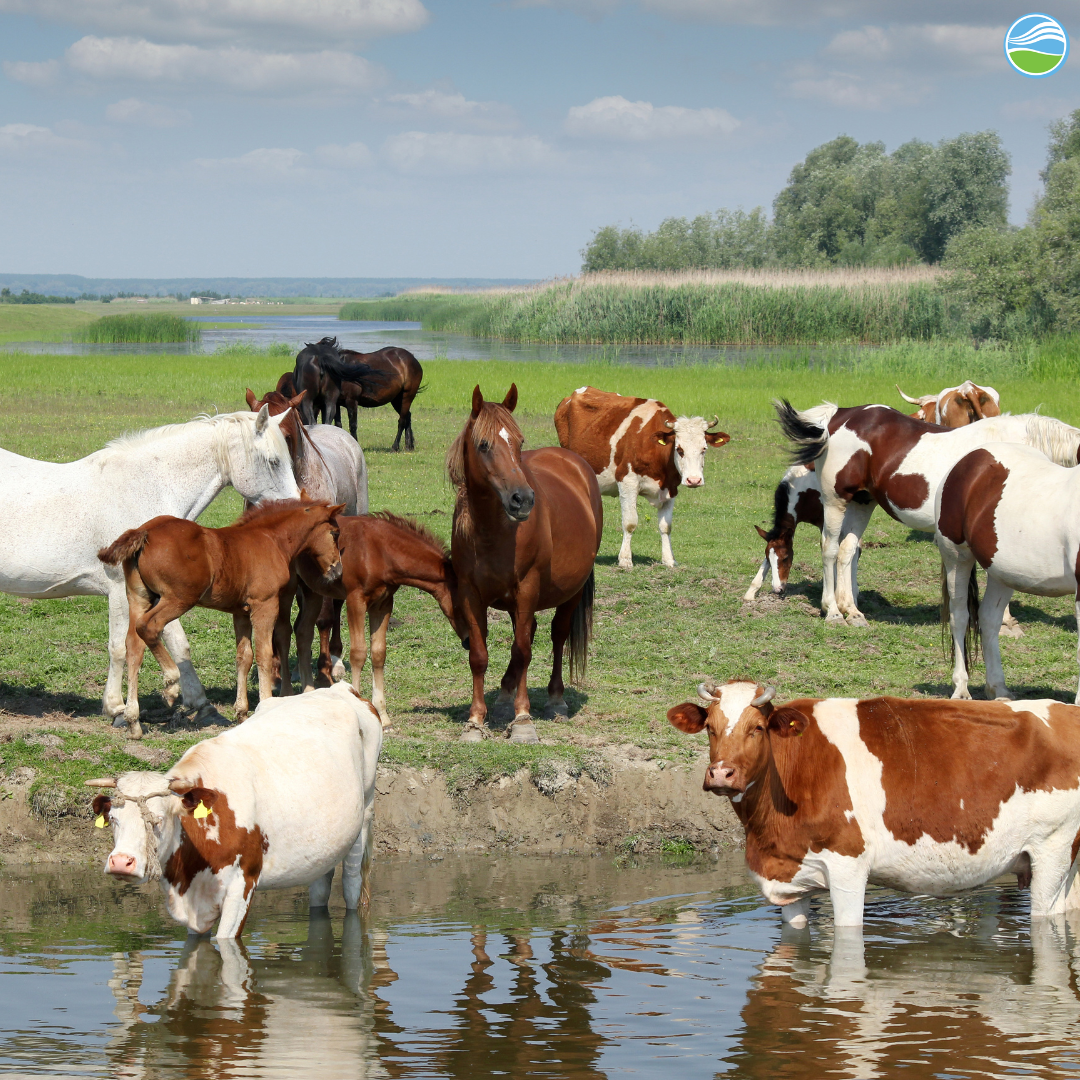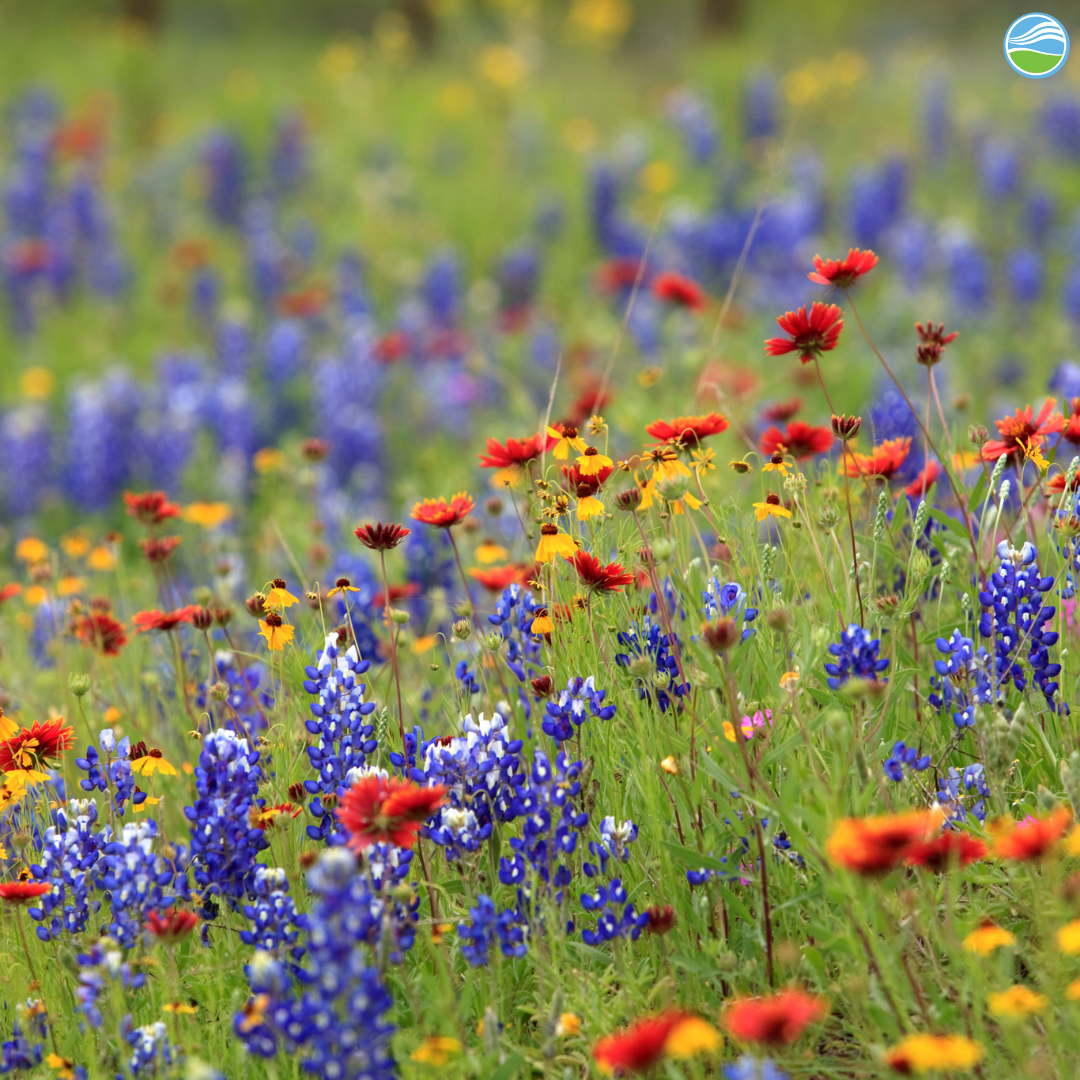Air, Animals and Plants
Air Quality and Animals

Indoor Air and Pets
Air pollution causes health problems in animals similar to humans, both indoors and outdoors. PM2.5 affects pets indoors, inducing stress in dogs and increasing risk of lung cancer in both cats and dogs. Depending on your pet's lifestyle, they may be indoors for most of their day and will be exposed to indoor air pollution over a long period of time, so it's important to keep your home well ventilated. You can improve your home's indoor air quality with these actions:
- Avoid smoking indoors
- Use a vent hood or exhaust fan when cooking with a gas stove
- Use an air purifier in your home
- Cut down on burning candles and incense
- Change your air filters regularly
- Store your household cleaners outside of your home
- Change clothes and shower after being outside
Wildfire Smoke and Animals

Smoke from wildfires and burning activities pose the biggest threat to pets, horses, livestock, and wildlife outdoors. According to the American Veterinary Medical Association (AVMA), if you can see or feel the effects of smoke yourself, you also should take precautions to keep your animals - both pets and livestock - safe. Animals with cardiovascular or respiratory disease are especially at risk from smoke and should be closely watched during all periods of poor air quality.
Protect Your Pets
The AVMA recommends these tips to protect your pets:
- Keep pets indoors as much as possible, and keep your windows shut.
- Birds are particularly susceptible and should not be allowed outside when smoke or particulate matter are present.
- Let dogs and cats outside only for brief bathroom breaks if air quality alerts are in effect.
- Avoid intense outdoor exercise during periods of poor air quality. Exercise pets when dust and smoke has settled.
- Have a pet evacuation kit ready, and include your animals in your disaster preparedness planning.
- Read more tips to protect your pets from wildfire smoke.
Protect Your Livestock
The AVMA also recommends these tips to protect your livestock:
- Limit exercise when smoke is visible. Especially don’t require animals to perform activities that substantively increase airflow into and out of the lungs.
- Provide plenty of fresh water near feeding areas.
- Limit dust exposure by feeding low-dust or dust-free feeds and sprinkling or misting the livestock holding area.
- Plan to give livestock 4 to 6 weeks to recuperate after the air quality returns to normal. Attempting to handle, move, or transport livestock may delay healing and compromise your animals’ performance.
- Have a livestock evacuation plan ready in advance. If you don't have enough trailers to quickly transport all of your animals, contact neighbors, local haulers, farmers, producers, or other transportation providers to establish a network of reliable resources that can provide transportation in the event you need to evacuate your animals.
- Good barn and field maintenance can reduce fire danger for horses and other livestock. Make sure barns and other structures are stable, promptly remove dead trees, clear away brush, and maintain a defensible space around structures.
- Read more tips to protect your large animals and livestock from wildfire smoke.
Air Quality and Plants

Both wild and cultivated plants (including agricultural crops) are impacted by high concentrations of PM2.5 and ozone. Several factors will determine the severity of plant damage, including the type of plant and its stage of development, the length of the exposure to the pollutant, and other environmental factors like heat and soil type. The severity of plant damage caused by air pollution varies with the time of day and environmental conditions such as heat, wind conditions, sunlight, and soil type.
Ozone
According to ontario.ca, ozone is absorbed through leaf pores, which damages cell membranes and the cells collapse as a result. Ozone symptoms occur on the upper surface of the affected leaves and appear as a flecking, bronzing or bleaching of the leaf tissues. Crop loss can occur with or without signs of pollution stress, and visible foliar injury can occur without any adverse effect on crop yield.
White bean species are particularly sensitive, but other sensitive species include cucumber, grape, green bean, lettuce, onion, potato, radish, rutabagas, spinach, sweet corn, tobacco and tomato.
PM2.5
According to ontario.ca, "PM2.5 like cement dust, magnesium-lime dust and carbon soot deposited on vegetation can inhibit the normal respiration and photosynthesis mechanisms within the leaf. Cement dust may cause chlorosis and death of leaf tissue by the combination of a thick crust and alkaline toxicity produced in wet weather. The dust coating also may also affect the normal action of pesticides and other agricultural chemicals applied as sprays to foliage. In addition, accumulation of alkaline dusts in the soil pH to levels adverse to crop growth."